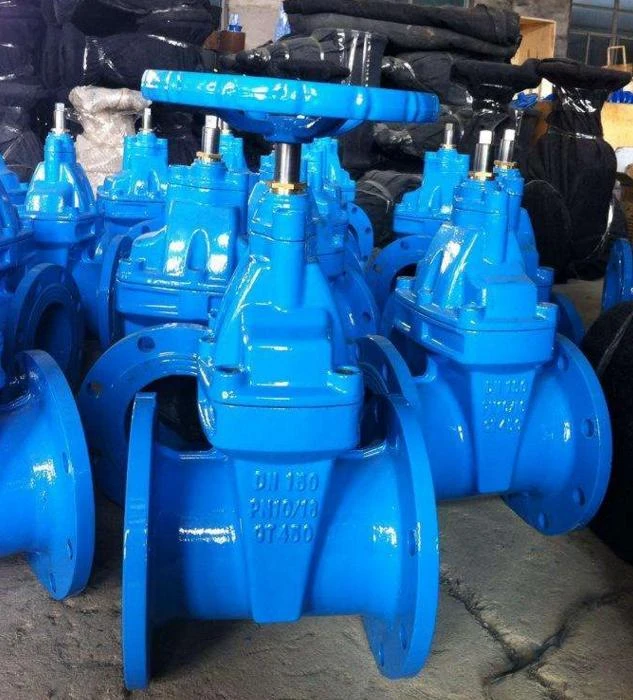ธ.ค. . 04, 2024 22:42 Back to list
Exploring Various Types of Butterfly Valves and Their Applications in Industry
Understanding Different Types of Butterfly Valves
Butterfly valves are an essential component in various industries, providing efficient flow control for liquids and gases. Their unique design, characterized by a rotating disc that regulates flow, makes them a popular choice for a wide range of applications. In this article, we will explore the different types of butterfly valves, their features, and their specific applications.
1. Concentric Butterfly Valves
Concentric butterfly valves are the most common type. They feature a simple design where the disc is centered within the pipe, allowing for straightforward flow control. These valves are typically used in applications involving water, oils, and gases due to their low-pressure drop and ease of installation. The design allows for tight shut-off capabilities, making them suitable for throttling services as well.
Applications Concentric butterfly valves are widely found in water distribution systems, HVAC applications, and wastewater treatment facilities.
Eccentric butterfly valves, also known as high-performance butterfly valves, have a disc that is offset from the center of the pipe. This design minimizes the contact between the disc and the flow medium, leading to reduced wear and tear and less turbulence during operation. Eccentric valves offer enhanced sealing capabilities, making them ideal for applications requiring tighter shut-off and higher pressure ratings.
Applications These valves are commonly used in the chemical industry, oil and gas sectors, and other applications dealing with abrasive materials.
3. Double Eccentric Butterfly Valves
An extension of the eccentric design, double eccentric butterfly valves feature two offsets from the center of the pipe one for the shaft position and another for the disc. This design further reduces friction during operation, allowing for smoother movement and less wear over time. Double eccentric valves are capable of handling higher pressures and provide excellent sealing capabilities.
different types of butterfly valves

Applications They are often used in high-pressure systems, such as those found in power plants and industrial applications, where reliability and performance are critical.
4. Triple Eccentric Butterfly Valves
Triple eccentric butterfly valves take the concept of the eccentric design a step further by introducing a third offset. This advanced configuration eliminates any friction between the disc and seal during operation, ensuring a longer service life and maximum sealing performance. Triple eccentric valves are particularly suited for demanding applications, including high-temperature and high-pressure conditions.
Applications These valves are frequently used in critical applications such as nuclear power plants, hydrocarbon processing, and other industries where safety and reliability are paramount.
5. Rubber Seated Butterfly Valves
Rubber seated butterfly valves incorporate a rubber lining on the disc or seat to enhance sealing. They offer great flexibility and are generally more cost-effective than metal-seated options. However, their durability may be less than that of their metal counterparts, making them suitable for lower-pressure applications where extreme conditions are not a concern.
Applications Commonly found in municipal water systems and light industrial applications, rubber seated valves effectively handle non-abrasive, clean liquids.
Conclusion
Understanding the different types of butterfly valves is crucial for selecting the right valve for specific applications. Each type—concentric, eccentric, double eccentric, triple eccentric, and rubber seated—offers unique benefits and is suited for a variety of conditions, from low-pressure water systems to high-stakes industrial operations. Proper selection ensures effective flow control, efficient operation, and longevity in any system that employs these versatile components. As industries continue to evolve, so too will the designs and applications of butterfly valves, ensuring their role as fundamental elements in fluid control remains vital.
-
thread-plug-gauge-our-promise-of-measurement-excellenceNewsAug.22,2025
-
gauge-pin-class-reflecting-quality-legacyNewsAug.22,2025
-
check-valve-types-for-high-rise-buildingsNewsAug.22,2025
-
water-control-valve-for-irrigation-systemsNewsAug.22,2025
-
gate-valve-with-soft-seal-technologyNewsAug.22,2025
-
y-type-strainer-for-oil-and-gas-applicationsNewsAug.22,2025
Related PRODUCTS









